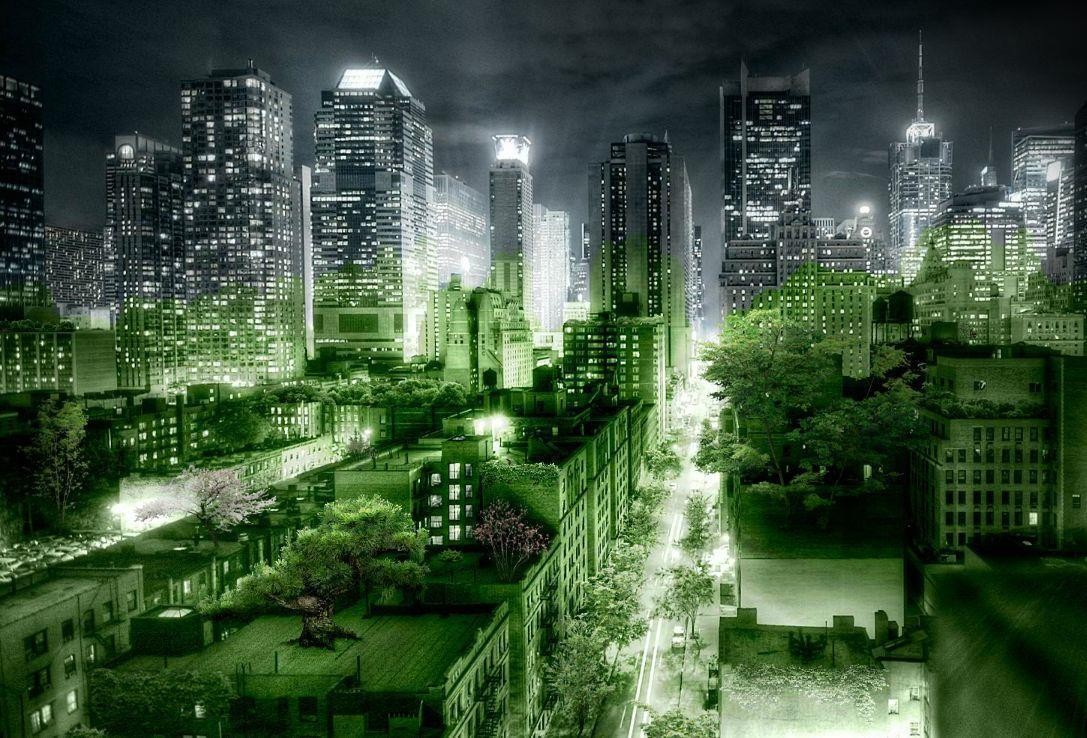Wood Hybrid Building System up to 30 stories
Building and constructing in a sustainable way is becoming more vital given a growing global population and environmental challenges. The company Cree has developed a hybrid timber construction system for reducing resources, time and money when building new public buildings, offices, hotels, restaurants etc. This is achieved by building with wood and a modular construction.

The challenge
The global population is growing, as are cities and demand for houses and buildings, with associated implications for climate change and the environment. At the same time, conventional construction generates up to 40% of the population’s waste and CO2 emissions and consumes 40% of our energy and resources (creebyrhomberg.com, n.d.). It is time to develop a new sustainable construction.
The innovation
Managing the challenge by designing the LifeCycle Tower (LCT) system, the company Cree GmbH from Austria could improve the carbon footprint of some buildings by up to 90%. With public grant funding for demonstration from Haus der Zukunft, the Austrian Ministry for Transport, Innovation and Technology (bmvit), and the Austrian Research Promotion Agency (FFG), the LCT project was able to ensure high recyclability and flexibility in use.
The LCT is a sustainable building system for multistory construction up to 100 meters and 30 stories, all made of wood-hybrid. Processes and structures in nature were used in the modelling of the concept for the LCT system. The hybrid timber construction system is based on achieving sustainability by selecting the right material. It also guarantees energy savings through minimizing the use of resources and energy throughout the life cycle. Elements for the LCT system are prefabricated on an industrial scale, making it easy for modular installation, cutting down construction time by 50%. The modular components also mean that you do not only save resources, time and money, but it also gives you room for visionary, innovative design ideas.
The concept has an exposed wood load bearing structure and no structural dividing walls. This makes the system very flexible and allows the building to be convertible, dividing the space in different ways.
Buildings that are built based on LCT can choose between three concepts: low-energy houses, passive or plus energy standard. To optimize the construction characteristics of the selected location are utilized. In the LCT system, primary priority is given to renewable energy sources for energy plan of the building. This may involve using for example geothermal energy for both heating and cooling the building. The LCT project has also developed a combined heating-cooling ceiling element for controlling the room temperature.
Cree’s LCT system is useful and suitable for a variety of areas, e.g. office, hotel, housing, school etc. The system's components are also adaptable for various international requirements and can therefore be used in construction projects in different countries.
Why did it work?
Cree wanted to demonstrate that it is possible to promote energy efficiency in buildings, with constructions at a low price and without producing large quantities of residual waste.
By designing the LCT system based on the nature, the concept could blend into the surroundings in an organically and harmoniously way – regardless of on the building’s siting. To succeed with the project both well-known design studios as well as several universities were consulted to design an urban, sustainable system of architecture.
Further deployment
The LCT system has already been used for building offices in Austria. The construction system is estimated to be 9 on the TRL scale and is now ready for a wider commercial deployment in the global market.
Links:
The websiteThe brochure
